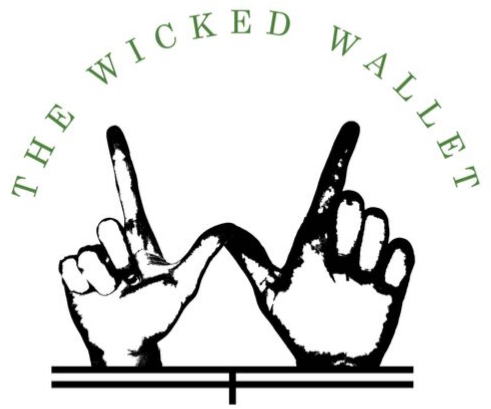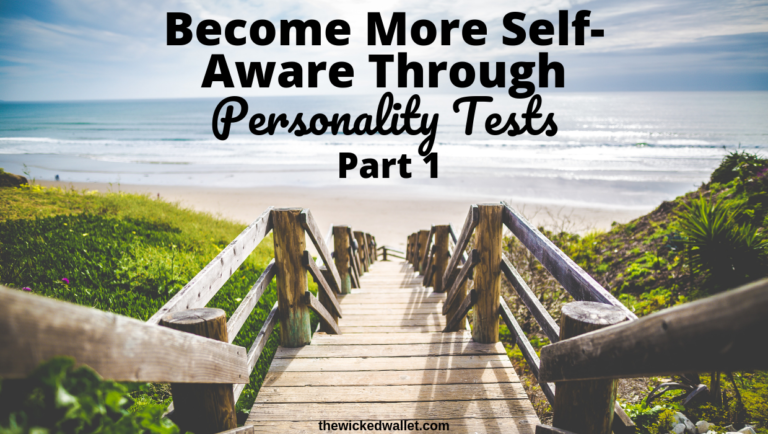We see different forms of personality tests everywhere these days. What Harry Potter Character Are You? What Your Choice in Bread Tells Us About You or even Tell Us Your Zodiac Sign and We Will Tell You What Career Is Best For You – these are just some of the latest headlines I have seen on sites like BuzzFeed. These tests are plastered across social media and given titles to draw the reader in….and they’re incredibly successful at doing so.
But what is it about these personality test that makes them so intriguing to us? People have an underlying desire to reveal more about themselves. They want to learn about their strengths and weakness to grow. At least that’s the way I choose to see why interest in these personality quizzes is so high. That and of course who wouldn’t want to know what color mermaid tail they would have?
Being a participant in a leadership development program, you are given a lot of opportunities to grow your professional and personal skills. One of the most useful opportunities is the access to paid personality tests. These test take about 15-30 minutes to complete and then your results are generated into a report explaining in detail each facet of your disposition. This report, at least in my case, is me in paper form.
The two tests I have taken dug deep not only into your characteristics but also how you interact with other styles and even make suggestions on how to improve interactions. Everything DiSC and The Color Code Personality Test are the two paid versions I have taken. Both have been incredibly useful in not only learning more about myself, but learning more about those I work with and how to adapt to their personality.

In this Part 1 article we are focusing on Everything DiSC, which is a behavioral style test that has been researched for over 40 years and even has the support of self help guru, Tony Robbins. Upon completing the questionnaire you will receive your report. In the report will see the circle above except yours will have a little dot within it somewhere, that dot represents you. You are categorized into one of four quadrants in a circle. However, most people are a blend of each quadrant.
Your dot’s placement from the outer rim of the circle displays how likely you are to show the characteristics of your DiSC style. A dot closer to the outer rim of the circle indicates a larger likelihood of showing the characteristics of a style and a dot closer to the inner of the circle represents less chances of exhibiting the given characteristics.
There are 4 main styles and then as mentioned, they are as follows:
D Style: (Dominance) Outgoing, direct, forceful outspoken in opinions. .
I Style: (Influence) Outgoing, enthusiastic, and lively.
S Style: (Steadiness) Thoughtful, accepting, gentle and patient.
C Style: (Conscientiousness) Thoughtful, questioning, analytical, reserved, and precise.

Your placement within the circle also affects your vertical and horizontal dimensions. Vertical dimensions focus on comparing the cautious vs. the bold and horizontal dimensions focus on questioning vs. acceptance. This is another useful tool for analyzing you natural inclination in situations, whether in the workplace or in personal life.
Again, most people are a blend of all DiSC styles, however your two primary are the biggest indicators of how you work, interact and what motivates you. Below is how the Everything DiSC website outlines each combination:

- D means measures a direct, dominant disposition using adjectives such as aggressive, strong-willed, and forceful.
- Di measures an active, fast-paced disposition using adjectives such as dynamic, adventurous, and bold.
- i measures an interactive, influencing disposition using adjectives such as sociable, lively, and talkative.
- iS measures an agreeable, warm disposition using adjectives such as trusting, cheerful, and caring.
- S measures an accommodating, steady disposition using adjectives such as considerate, gentle, and soft-hearted.
- SC measures a moderate-paced, cautious disposition using adjectives such as careful, soft spoken, and self-controlled.
- C measures a private, conscientious disposition using adjectives such as analytical, reserved, and unemotional.
- CD measures a questioning, skeptical disposition using adjectives such as cynical, stubborn, and critical. Although these scales do not show up in the profile, they are used to determine which style the respondent receives.
For example, let’s look at my result below. As you can see, I am an iS. This means that I am motivated by collaboration, enthusiasm and support. However, since my dot is placed very close to the middle of the circle, I am only slightly inclined towards those characteristics and can very easily relate to all four types of styles. Although, since I am most heavily placed in the iS region, those are the characteristics that come the most natural to me.

This test helps you recognize your strengths so you can gain more confidence in them but also acknowledge your weaknesses so you can put more effort into improving them. This specific test also provides you with information on how you work with different styles and suggestions for a successful work experience with them.
I found the Everything DiSC test incredibly helpful and since I have taken it, I have sent along free version links to just about every friend and family member that is willing to take it. It is really useful in learning not only more about yourself but others and how others prefer to learn, interact and work.
If you have taken this test, fill me in on your type in the comment section! if you haven’t yet, check out this link to take a free version of this test and let us know your results in the comment section!
As always, thanks for reading! 🙂



